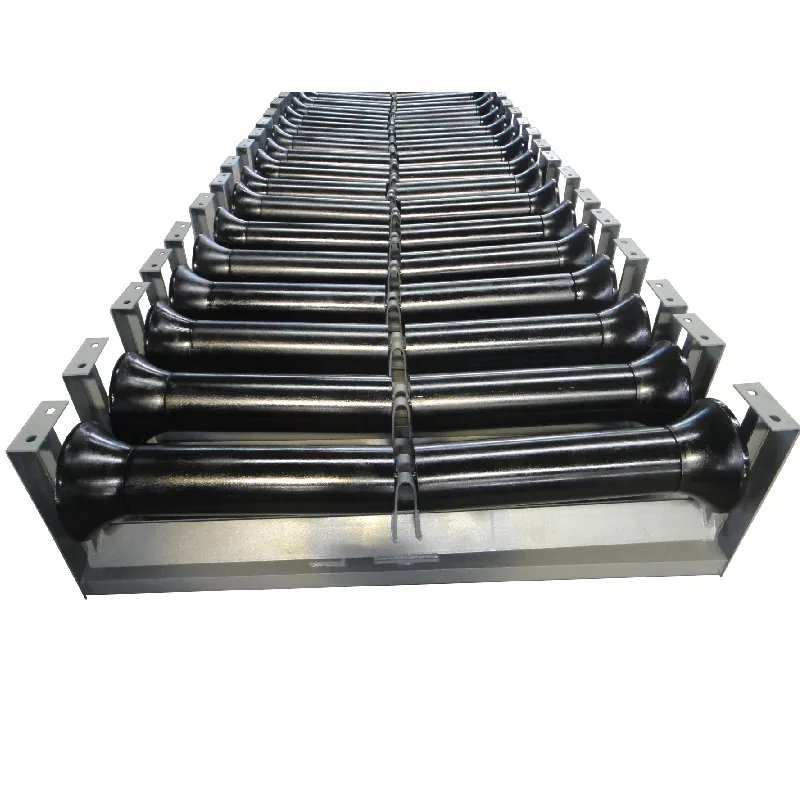 Afrikaans
Afrikaans  Albanian
Albanian  Amharic
Amharic  Arabic
Arabic  Armenian
Armenian  Azerbaijani
Azerbaijani  Basque
Basque  Belarusian
Belarusian  Bengali
Bengali  Bosnian
Bosnian  Bulgarian
Bulgarian  Catalan
Catalan  Cebuano
Cebuano  Corsican
Corsican  Croatian
Croatian  Czech
Czech  Danish
Danish  Dutch
Dutch  English
English  Esperanto
Esperanto  Estonian
Estonian  Finnish
Finnish  French
French  Frisian
Frisian  Galician
Galician  Georgian
Georgian  German
German  Greek
Greek  Gujarati
Gujarati  Haitian Creole
Haitian Creole  hausa
hausa  hawaiian
hawaiian  Hebrew
Hebrew  Hindi
Hindi  Miao
Miao  Hungarian
Hungarian  Icelandic
Icelandic  igbo
igbo  Indonesian
Indonesian  irish
irish  Italian
Italian  Japanese
Japanese  Javanese
Javanese  Kannada
Kannada  kazakh
kazakh  Khmer
Khmer  Rwandese
Rwandese  Korean
Korean  Kurdish
Kurdish  Kyrgyz
Kyrgyz  Lao
Lao  Latin
Latin  Latvian
Latvian  Lithuanian
Lithuanian  Luxembourgish
Luxembourgish  Macedonian
Macedonian  Malgashi
Malgashi  Malay
Malay  Malayalam
Malayalam  Maltese
Maltese  Maori
Maori  Marathi
Marathi  Mongolian
Mongolian  Myanmar
Myanmar  Nepali
Nepali  Norwegian
Norwegian  Norwegian
Norwegian  Occitan
Occitan  Pashto
Pashto  Persian
Persian  Polish
Polish  Portuguese
Portuguese  Punjabi
Punjabi  Romanian
Romanian  Russian
Russian  Samoan
Samoan  Scottish Gaelic
Scottish Gaelic  Serbian
Serbian  Sesotho
Sesotho  Shona
Shona  Sindhi
Sindhi  Sinhala
Sinhala  Slovak
Slovak  Slovenian
Slovenian  Somali
Somali  Spanish
Spanish  Sundanese
Sundanese  Swahili
Swahili  Swedish
Swedish  Tagalog
Tagalog  Tajik
Tajik  Tamil
Tamil  Tatar
Tatar  Telugu
Telugu  Thai
Thai  Turkish
Turkish  Turkmen
Turkmen  Ukrainian
Ukrainian  Urdu
Urdu  Uighur
Uighur  Uzbek
Uzbek  Vietnamese
Vietnamese  Welsh
Welsh  Bantu
Bantu  Yiddish
Yiddish  Yoruba
Yoruba  Zulu
Zulu types of pulleys in belt conveyor
Types of Pulleys in Belt Conveyors
Belt conveyors are essential components in various industries for transporting materials efficiently. One of the key elements in their design is the pulley system, which plays a crucial role in moving the belt and, consequently, the materials. Understanding the different types of pulleys used in belt conveyors is vital for optimizing performance and ensuring smooth operations.
1. Drive Pulley
The drive pulley is perhaps the most important component in a belt conveyor system. This pulley is connected to the motor and is responsible for driving the belt forward. It provides the necessary force required to move the belt, which in turn carries the material. Drive pulleys often feature a larger diameter to enhance the gripping capability of the belt, ensuring efficient traction during operation.
2. Idler Pulley
Idler pulleys support the belt and help maintain its tension, which is critical for preventing slippage and ensuring the stability of the material being transported. These pulleys do not receive power from a motor, but they play a vital role in guiding and stabilizing the belt. Idler pulleys can be of various types, including troughing idlers, which are designed to form a V shape, helping to keep the materials in place, and return idlers, which support the belt as it returns to the drive pulley.
types of pulleys in belt conveyor

3. Tail Pulley
The tail pulley, located at the end of the conveyor system, plays a significant role in belt return and tensioning. It helps in guiding the belt back to the drive pulley and ensures that the system operates smoothly. Like the drive pulley, the tail pulley may also be equipped with a lagging surface to enhance the belt's grip.
4. Snub Pulley
Snub pulleys are employed to increase the angle of wrap around the drive pulley. This is important for enhancing friction and, consequently, the efficiency of the drive system. By increasing the contact area between the belt and the drive pulley, snub pulleys help in reducing slippage, especially in applications where heavy loads are being transported.
Conclusion
In conclusion, the various types of pulleys in belt conveyors, including drive pulleys, idler pulleys, tail pulleys, and snub pulleys, each serve unique and critical functions. Understanding their roles helps in ensuring the efficient operation of conveyor systems. Proper selection, installation, and maintenance of these pulleys lead to enhanced reliability and longevity of belt conveyors, making them integral to modern material handling solutions across industries.
-
Revolutionizing Conveyor Reliability with Advanced Rubber Lagging PulleysNewsJul.22,2025
-
Powering Precision and Durability with Expert Manufacturers of Conveyor ComponentsNewsJul.22,2025
-
Optimizing Conveyor Systems with Advanced Conveyor AccessoriesNewsJul.22,2025
-
Maximize Conveyor Efficiency with Quality Conveyor Idler PulleysNewsJul.22,2025
-
Future-Proof Your Conveyor System with High-Performance Polyurethane RollerNewsJul.22,2025
-
Driving Efficiency Forward with Quality Idlers and RollersNewsJul.22,2025





























